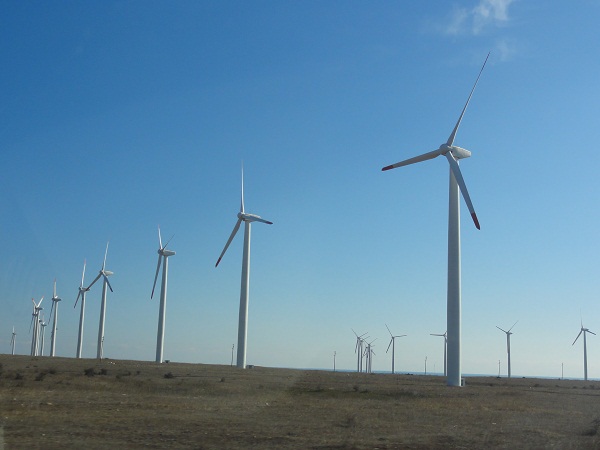Energy Minister: Romania to become key regional power market, renewable energy in the spotlight

Romania plans to become a key power market in the region, with equal focus on the purchase and the sale of energy, and to attract funds in this domain, said the Romanian Minister Delegate for Energy, Constantin Nita.
“All those who wish to invest in energy will have all the necessary support from the Government,” said Minister Delegate Nita on Tuesday in Cluj-Napoca, at the opening of a new E.ON Business Service Center. “Those in charge of energy affairs within the Ministry of Economy are responsible for attracting as much money as possible for the retooling of power production units in order for them to offer competitive prices and for Romania to act as a main player in this respect in this part of Europe”.
Minister Nita also approached the topic of renewable energy, noting that 2,000 MW currently enter the national power system from this source and that Romania is hosting other renewable energy projects with a potential output of 21,000 MW. With such an “inflation of projects”, mostly due to Romania being the only EU country providing a high number of green certificate facilities, there is a need to improve the local channels of energy transportation.
The Minister also pointed out that the improvement of interconnection networks is an absolute must in order for Romania’s plans to become a viable energy exporter to succeed.
“[…] we also have a problem with the efficiency of energy production,” stated Minister Delegate Nita “With price liberalization this summer we will be able to clearly see which producers can survive on the market and which cannot. That is because some power units produce energy at the market price, whereas others charge 40-50 percent more.”
Wind energy is the main source of alternative energy in Romania, according to the National Authority for Energy Regulation (ANRE). The installed wind energy capacity in December 2011 stood at 982 MW, as against the 462 MW available one year before.
This translates into a 112.6 percent increase in the installed wind energy capacity in just one year. It was estimated that such capacity would double by the end of 2012, according to a report on renewable energy resources issued by TPA Horwath Romania and Schoenherr and Associates in September 2012.
This spectacular forecast was motivated by the EU’s plans to invest massively in renewable energy projects. In fact, in December last year the European Commission granted over EUR 1.2 billion to 23 innovative projects in the renewable energy domain. This was the first step in the NER300 financing program which allows subsidies of renewable energy technology and carbon capture and storage through the trading of certificates for carbon dioxide emission allowances.
Ioana Jelea, ioana.jelea@romania-insider.com
photo source: sxc.hu













